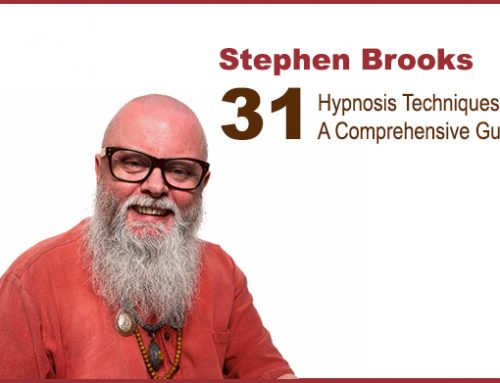In Ericksonian hypnotherapy there is pre-supposition that the client has a conscious and an unconscious mind. Of course this is only a model, but nevertheless a useful working model for therapy. This model has evolved from the early Freudian concept of the unconscious being a seething pit of repressed memories and experiences revolving around sexual development, to the more humanistic perception of the unconscious mind being a reservoir of resources and skills to be nurtured and treasured.
Ericksonian hypnotherapy sees the unconscious as having several functions. One of the functions being the role of security guard. In this role the unconscious holds back some experiences and memories to protect the client from pain. While these experiences and memories may be negative, they are not necessarily caused by early sexual development as in the Freudian model.
Another of the unconscious mind’s functions is to store and sort positive experiences and memories. It is from this “store” that the therapist takes his ideas for therapeutic interventions. A third function of the unconscious is to oversee the body’s autonomous processes and healing mechanisms.
Ericksonian therapists prefer talking to the unconscious mind rather than the conscious mind because we believe that it is more important to address the client’s unconscious mind when using hypnosis. We prefer to play down the role of the conscious mind as it often contains the client’s learned limitations, and these limitations often get in the way of successful therapy. After all, if the client already knew consciously how to get better, they wouldn’t need to seek therapy.
Many clients want to participate consciously in their own healing or treatment and often want to know why they have their problem and what they should do to help themselves. This is only natural but the client’s conscious involvement when using Ericksonian hypnosis should be avoided. Instead the hypnotherapist needs to educate the client about the functions of the conscious and unconscious mind and play down the former while praising the latter.
This doesn’t have to be done directly. It can be done with indirect suggestion, metaphor and analogies. Stories about the client’s ability to write their name without conscious effort can be given as an example. Likewise similar stories about how the client first learned to tie a shoelace illustrate how the unconscious has now taken over these responsibilities. These stories serve to highlight the enormous competency and dexterity of the unconscious mind.
Most of the language skills we use in Ericksonian hypnotherapy are designed to appeal directly to the unconscious mind, and an ability to create these language patterns appropriately and quickly is very important. It is almost as if Erickson created a separate and different vocabulary specifically for the unconscious mind. Clients listening to the language consciously have difficulty understanding the depth and complexity of the language because much is based on implication.
We will often suggest that the conscious mind “become absorbed” in some non-related thought process as a means of distraction, so we can communicate more directly with the unconscious mind. By working more closely with the client’s unconscious we hope to bypass any conscious resistance or sabotage sometimes introduced by the client’s conscious doubts about the method of treatment or their ability to heal.
Only by developing an honest relationship with the client’s unconscious cognitive processes can we truly hope to work therapeutically without interference from the conscious part of the client that has perhaps created their problem in the first place and is maybe an ongoing participant in its maintenance.
Stephen Brooks






